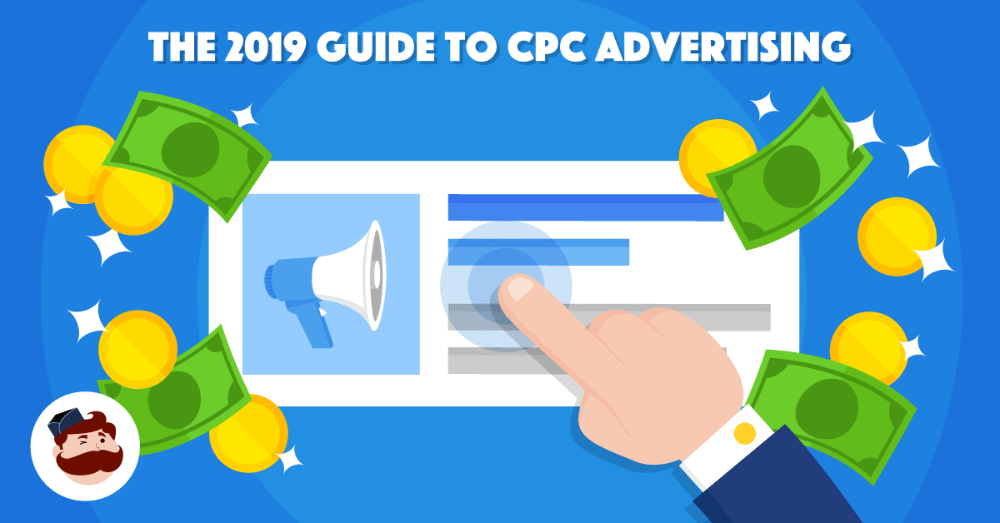
Adwords can be maximized by using a Ad Word Planner. This tool will allow you to track keywords and forecast their performance. You can even add keywords into your plan and watch how they perform. Once you have created an Ad Word Plan you can use it for targeting your audience with your marketing efforts. Here are some of the most important features of Adwords. Below are some of the most requested features of Adwords Planner.
Keyword research tool
The Ad Word Planner keyword research tool can help you target many types of keywords. This tool is a great place to begin to learn about the types of keywords that you should target. This tool allows you enter the website address and keywords you are interested in to the keyword search box. The tool then searches for keywords in the websites' content. This will allow to you create content that matches the search term.

Search volume data
Analyzing the Ad Word Planner data can help you measure the success of your campaigns. These tools can be used for free and can be bundled with other marketing tools and SEO tools. Moz Keyword Explorer is a great resource if you are just getting started with keyword research. It provides information on individual search volumes for each month as well 12-month averages. This tool is based in Google Ads API and has numerous calibration systems in place for its accuracy.
Forecast
Ad word planner is useful if you have a budget to determine which keywords or ad groups you should spend. The forecasts of ad words include clicks and average CPC. They also provide cost per day information. The forecast can also be improved by adding custom conversion metrics. This information can be particularly useful during holiday seasons. If you want to ensure that you don't spend too much, check out the Adwords forecast.
Grouped keyword view
Ad Word Planner's group keyword view lets you quickly look at multiple keywords in a campaign. It can also help you narrow down your selection and determine which keywords to add to your keyword plan. Keyword suggestions can be sorted by location and platforms. Once you have chosen a few keywords to try out, you can either add them or modify an existing campaign. This section is helpful for evaluating the effectiveness a keyword group.

Exclusion of keywords for which you're bidding in AdWords
You should be aware of how your budget is distributed if you have multiple AdWords accounts for nonprofit organizations. A capped maximum CPC bidding can be used to limit how much each account can spend on specific keywords. Understanding how to recognize duplicate keywords can help you avoid keyword competition. Google AdWords Editor allows you to determine how many duplicate keywords are present.
FAQ
What do you need to know about print advertising?
Print advertising is a great medium to communicate with customers. Print advertising is used extensively by companies to promote their products or services. The main goal is to catch the attention and buy from the consumer.
Print ads are typically short (1 page) and usually include text, photos, logos, or other graphics. They may also include sound, animation, video, and hyperlinks.
The following are the main types print advertisements:
1. Brochures – These are large format printed pieces that are intended to draw people into stores. Brochures are filled with eye-catching designs, colorful pictures, and attractive graphics.
2. Catalogues- These are smaller versions and variants of brochures. They are sent to customers who have requested specific information.
3. Flyers – These are small pieces made of paper that are distributed at events, such as fairs or concerts. These flyers are usually free, but they must be purchased if given to retail outlets.
4. Flyers are also available in posters. They are displayed on walls, fences, and buildings. They are typically created using computer software programs that aim to attract the attention of passersby.
5. Direct mail - These are letters or postcards that are sent directly to potential customers. These are sent periodically by companies to remind current customers about their business.
6. Newspaper Ads – These are ads that appear in newspapers or magazines. These are typically quite long and often contain text as well images.
What should you know about internet marketing?
Internet advertising is an integral part of any business strategy. It allows businesses to reach potential clients at a low price. There are many types of internet advertising. Some are free, while others require payment.
There are several options for advertising on the internet. These include banner ads, pop-up advertisements, search engine optimization (SEO), PPC (pay-per-click) advertisements, social media and mobile marketing. Each method comes with its own set of advantages and disadvantages.
What is affiliate market?
Affiliate marketing is an online business model where you earn commissions by referring customers to products and services sold on other websites. The product owner pays you for each person who buys from you.
Referrals are the foundation of affiliate marketing. You don't have to do anything special for people to buy from you. You just need to refer them to our website.
You don't have to sell anything. It's easy to sell just as much as it is to purchase.
You can even set up an affiliate account in minutes.
The more you refer people, the more you'll receive commission.
There are two types of affiliates:
-
Affiliates who are the owners of their own websites
-
Affiliates working for companies offering products or services.
Is it possible for traffic to be free?
Refers to traffic that comes from organic search results, without the need for advertising. This type of traffic is called natural or organic traffic. There are many options to get free traffic like article marketing and social media marketing.
Article Marketing is an excellent way to generate free traffic. Paid ads are more expensive than the CPC. Article marketing is also referred to as content marketing.
Social Media Marketing - Social media sites like Facebook, Twitter, and LinkedIn allow you to promote your business through advertising. These platforms are great for sharing updates, sharing photos, and building relationships with potential clients. Many businesses decide to purchase advertising space on social media sites to reach a wider audience and at a much lower cost.
Blogging - Blogging is another great way to generate free traffic. Quality content that is enjoyable to read will attract people. After you attract visitors to your blog, you can make money by selling products or other services.
Email Marketing – Although email marketing was around long before the internet, it's still one of most effective ways to drive website traffic. You can grow your list and eventually sell to subscribers by sending them emails frequently.
How much does it take to advertise on social networks?
This route is not for everyone. You will be charged monthly based on how much time you spend on each platform.
Facebook - $0.10 Per 1,000 Impressions
Twitter - $0.20 Per 1,000 Impressions (if you tweet).
If you send invitations, Linkedin: $0.30 per 1,000 impressions
Instagram: $0.50 per 1,000 impressions
Snapchat – $0.60 per 1,000 impressions ($0.40 for each user)
YouTube - $0.25/1000 views
Tumblr $0.15 for 1,000 impressions text posts
Pinterest - $0.05 per 1,000 impressions per month
Google+ - $0.15 to $0.0.20 per 1,000,000 impressions
Tumblr $0.15- $0.20 for 100,000 impressions
Vimeo - $0.20 to $0.25 per 10,000 impressions
Soundcloud – $0.20-$0.25 for 1 million plays
StumbleUpon - $0.20 -$0.25 per 1 billion pageviews
Digg - $0.20 to $0.25 per 1000 diggs
Reddit – $0.20-$0.25 Per 1000 Comments
Wordpress - $0.20--$0.25 per 500 comments
Flickr - $0.20 -- $0.25 per 5,000 photo uploads
Why not use social media advertising for your business?
Social Media Marketing (SMM), allows you reach customers wherever they are on social media networks like Facebook, Twitter and LinkedIn. You can also target specific groups within these networks using keywords.
This advertising method is much more affordable than traditional marketing methods because it costs less to market online. It also allows you to build strong relationships with your current and potential clients.
It's very easy to start using social networks to promote your business. You only need a smartphone or computer and internet access.
Radio advertising: What are your options?
It is important that you understand the differences between media. All media forms can be considered complementary, rather than competing.
Radio is best utilized as an extension to TV advertising. Radio complements television advertising by reinforcing key messages or providing additional information.
Radio listeners are often not able to handle long TV commercials. Radio ads tend to be shorter and more affordable.
Statistics
- In 1919 it was 2.5 percent of gross domestic product (GDP) in the US, and it averaged 2.2 percent of GDP between then and at least 2007, though it may have declined dramatically since the Great Recession. (en.wikipedia.org)
- Google will display whichever ad type (CPM or CPC) is expected to earn more revenue for the publisher, which is in Google's best interest since they take a 32% share of the revenue. (quicksprout.com)
- Nonetheless, advertising spending as a share of GDP was slightly lower – about 2.4 percent. (en.wikipedia.org)
- Worldwide spending on advertising in 2015 amounted to an estimated US$529.43 billion. (en.wikipedia.org)
External Links
How To
How can I advertise on Google
AdWords can be used by businesses to advertise using keywords that they are interested in. First, you need to set up an account. Set the budget, select the campaign name, and then add keywords. Then you bid on those keywords. When someone clicks one of the ads you place, they pay only if that click comes from someone who searched with one of your targeted keywords. You get paid even if people don't purchase anything.
Google has many tools to help you ensure your ads work. They include Keyword Planner, Ads Preferences Manager, and Analytics. These let you determine which strategy is best for you business.
A keyword planner can help you identify the right keywords for your campaigns. You can also see how competitive certain keywords are, which will help you decide whether to spend money bidding for them.
Ads Preferences Manager is available to alter settings such as maximum number of impressions per calendar day and minimum cost per click.
Analytics allows you monitor and compare the performance to your ads against other companies. You can also view reports showing how well your ads performed compared to others.